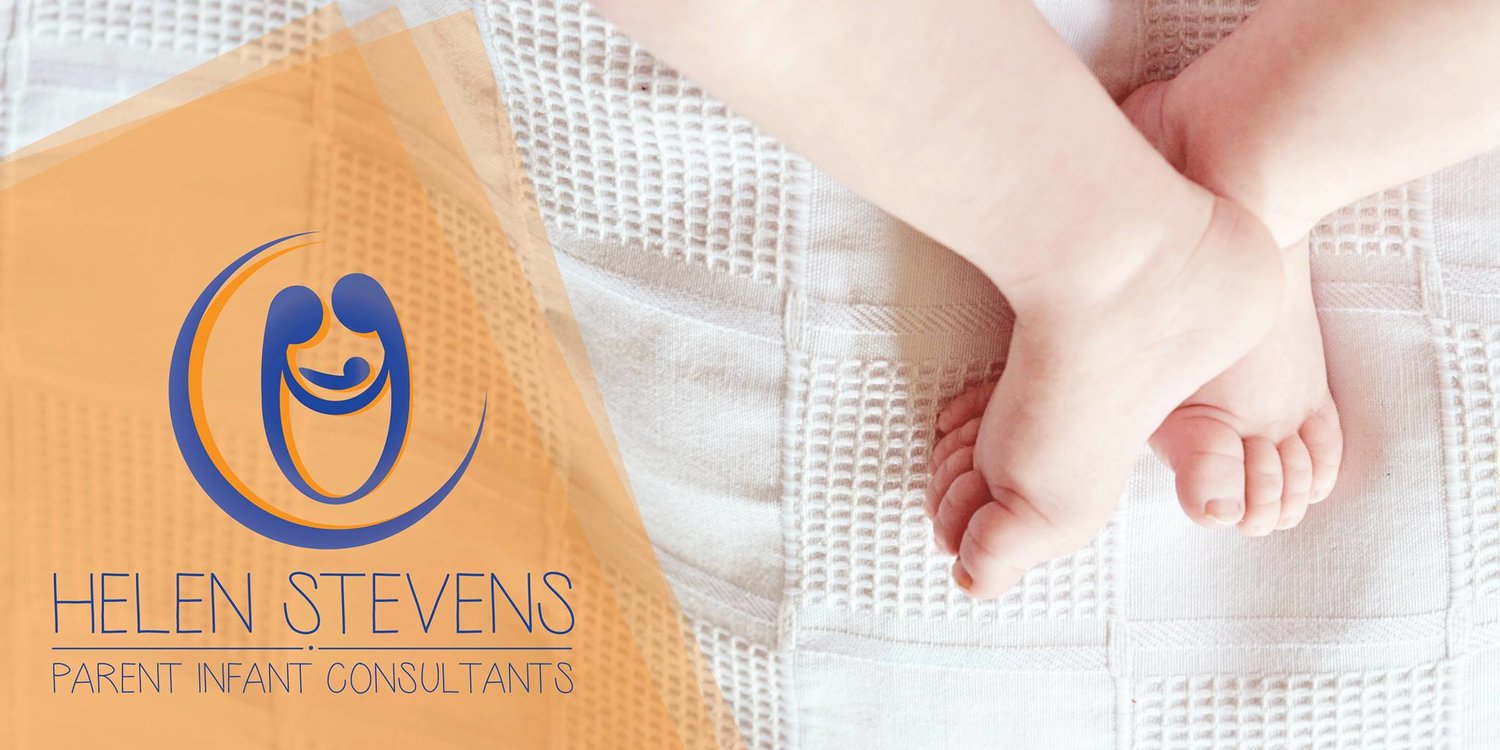The key to helping your baby feel safe, and therefore sleep soundly, is providing predictability and security in the knowledge someone will always be there for them.
Below is a guide to help you provide consistency each day. The times are rough guides, based on 1¼ to 2 hours of awake time after each nap.
From the book every parent needs
This guide is from Helen's book 'Safe Sleep Space', which has more daily tips and step-by-step guides on getting kids to sleep, from birth up to three years.
Suggested daily pattern
6.30 am (ish) - Start the day with a feed (breast or bottle)
1¼ to 2 hours later - Be watching for tired signs, settle down for some quiet time
8.00–8.30 am (ish) - Sleep time (sleep time can vary from 1½ to 2 hours)
10.30 am (ish) - Awake and ready for another feed (breast or bottle). Follow with more play time or appropriate activities such as music, outdoor play or watching you hang out the washing.
1¼ to 2 hours later - Be watching for tired signs. Quiet time preparing for sleep time
12 midday (ish) - Sleep time (varies from 1½ to 2 hours)
1.30 pm (ish) - Awake and ready for another feed (breast or bottle). Play time such as water play, music, shopping, visiting friends, mothers’ group etc.
3.00 pm (ish) - Sleep time (often a shorter nap).
4.00 pm (ish) - Awake and playing for a while. Perhaps a little feed if wanted. Bath time.
5.00 pm (ish) - Play time
6.00 pm (ish) - Cuddle time, book time and quiet time
6.30 pm (ish) - Feed time before bed
7.00 pm (ish) - Bed time
10.00–11.00pm - Dream-time feed, note: some infants love this feed – some don’t
Around 3.00 am onwards - An overnight feed or two if required
Whether your infant is breast or bottle fed makes little difference to their feeding pattern.
Be flexible!
Don't stress about the times of day, these are just guides. The important thing is to follow a similar pattern throughout the day and help your baby move between sleeping, feeding and playing.
As babies grow, you'll see the 'feed, play, sleep' pattern emerge. From about three months of age, Infants are capable of establishing and enjoying their own daily patterns to meet their needs. These are called ‘age appropriate patterns’.
BUT, what's most important is to remember to be flexible when encouraging this pattern. Flexibility removes much of the frustration that strict adherence to a routine can bring.
Remember: infants, like adults, will have different sleep, hunger and energy requirements from one day to the next.
